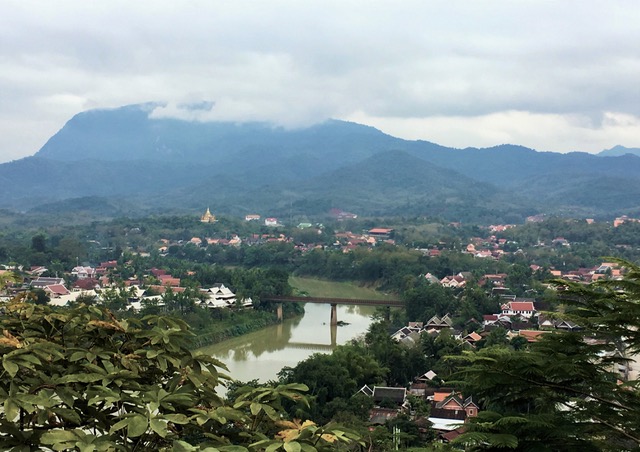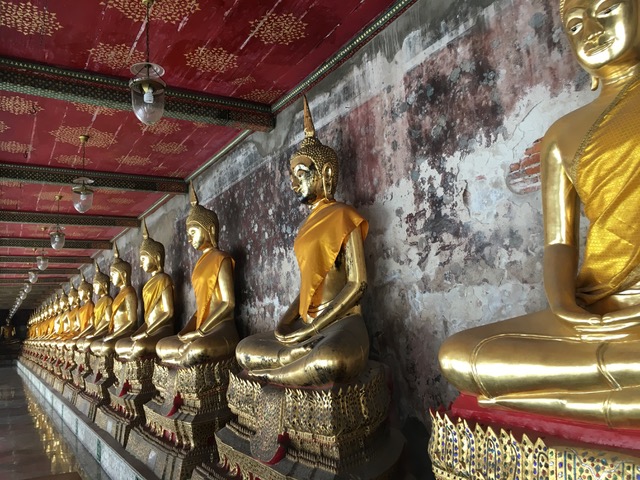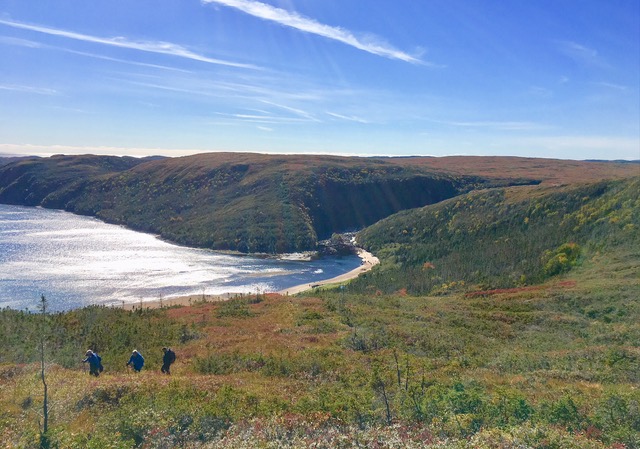Hotels I Visited in Thailand and Laos
 Guest Post by Amy Perry Basseches
Guest Post by Amy Perry Basseches
wordpress-seo domain was triggered too early. This is usually an indicator for some code in the plugin or theme running too early. Translations should be loaded at the init action or later. Please see Debugging in WordPress for more information. (This message was added in version 6.7.0.) in /home/activetravels/public_html/wp-includes/functions.php on line 6114 Guest Post by Amy Perry Basseches
Guest Post by Amy Perry Basseches
 Guest Post and Photo by Amy Perry Basseches
Guest Post and Photo by Amy Perry Basseches
 Guest Post and Photo by Amy Perry Basseches
Guest Post and Photo by Amy Perry Basseches
 Guest Post by Amy Perry Basseches
Guest Post by Amy Perry Basseches  Guest Post and Photo by Amy Perry Basseches
Guest Post and Photo by Amy Perry Basseches  We look forward to bringing you the ActiveTravels January Newsletter each year because it gives us a chance to discover what’s new in the world of travel. If it wows us, then it passes the test and we’re excited to share it with you. Please have a look to see our roundup of the latest and greatest hotels, resorts, cruises, adventures and restaurants to debut in 2019.
We look forward to bringing you the ActiveTravels January Newsletter each year because it gives us a chance to discover what’s new in the world of travel. If it wows us, then it passes the test and we’re excited to share it with you. Please have a look to see our roundup of the latest and greatest hotels, resorts, cruises, adventures and restaurants to debut in 2019.
 Fran Golden, former travel editor of the Boston Herald and author of Frommer’s EasyGuide to Alaskan Cruises and Ports of Call (2018), will be hosting a select group of passengers on an Alaskan cruise June 15-22, 2019. So far 20 people have signed up to join her, but there are still berths available if you’re interested. You’ll board Holland America’s newly refurbished Eurodam (see the latest review in Travel & Leisure) in Seattle. Then make your way up the Pacific coast with stops in Juneau, Glacier Bay, Sitka, Ketchikan, and Victoria, before arriving back in Seattle. Fran will select her favorite shore excursions along the route and provide anecdotes from her other memorable cruises. For more information, please contact ActiveTravels.
Fran Golden, former travel editor of the Boston Herald and author of Frommer’s EasyGuide to Alaskan Cruises and Ports of Call (2018), will be hosting a select group of passengers on an Alaskan cruise June 15-22, 2019. So far 20 people have signed up to join her, but there are still berths available if you’re interested. You’ll board Holland America’s newly refurbished Eurodam (see the latest review in Travel & Leisure) in Seattle. Then make your way up the Pacific coast with stops in Juneau, Glacier Bay, Sitka, Ketchikan, and Victoria, before arriving back in Seattle. Fran will select her favorite shore excursions along the route and provide anecdotes from her other memorable cruises. For more information, please contact ActiveTravels.
 Guest post and photo by Amy Perry Basseches
Guest post and photo by Amy Perry Basseches
Guest Post and Photo by Amy Perry Basseches
 I drove with my husband Josh from Lake Louise to Jasper on the famous Icefields Parkway. It’s 143 miles, with tremendous views (13 viewpoints). I can recommend stopping at the Peyto Lake Overlook, about ½ hour outside of Lake Louise. You are rewarded at the end with the view of the intensely colored lake.
I drove with my husband Josh from Lake Louise to Jasper on the famous Icefields Parkway. It’s 143 miles, with tremendous views (13 viewpoints). I can recommend stopping at the Peyto Lake Overlook, about ½ hour outside of Lake Louise. You are rewarded at the end with the view of the intensely colored lake. Guest Post and Photo by Amy Perry Basseches